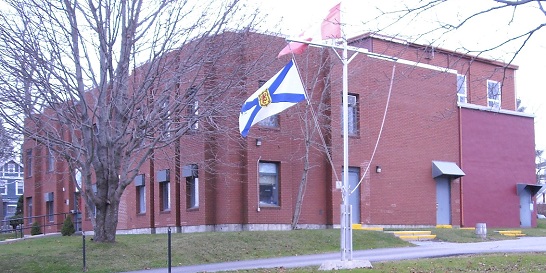Municipality of the District of Shelburne Municipal Administration Building Facilities Renewal Feasibility Study

The Municipality of the District of Shelburne studied the feasibility of renovating its 1902 administration building versus building a new one on a different site.
The municipality wanted a larger, updated building that would house a number of district, provincial and federal services. It also planned to work to a minimum LEED® (Leadership in Energy and Environmental Design) Silver certification and to significantly reduce energy consumption. The study team concluded that renovating the existing building could save as much energy as building a new one; in either case, greenhouse gas emissions could be cut by 250 tonnes per year. Costs would be comparable.
The original building had other deciding advantages, like a central location in an established area, which made it the preferred option.
Results
| Environmental | Economic | Social |
|
|
|
Challenges
- Some of the building's tenants were reluctant to commit to long-term tenancy in a new or renovated building.
- Without commitment from the building's tenants and partners, it is difficult to plan and budget for a major project.
- It can be difficult to please all project participants when a study compares two options that are attractive for different reasons.
Lessons learned
- Incorporate life-cycle costing into the analysis to explore the feasibility of investing in renewable-energy and energy-efficiency infrastructure. Otherwise, these things are often judged solely on their capital costs.
- Get tenants and other significant stakeholders to the table as early as possible in the planning process.
Resources
- 2011-12 Integrated Community Sustainability Plan (ICSP) Annual Report
- Eastern Shelburne County Energy Strategy
Partners and Collaborators
- Municipality of the District of Shelburne
- FCM's Green Municipal Fund
- Service Nova Scotia and Municipal Relations
Project Contact
Emily Tipton
Sustainable Development Coordinator
Municipality of the District of Shelburne, NS
T. 902-875-3489
Want to explore all GMF-funded projects? Check out the Projects Database for a complete overview of funded projects and get inspired by municipalities of all sizes, across Canada.

